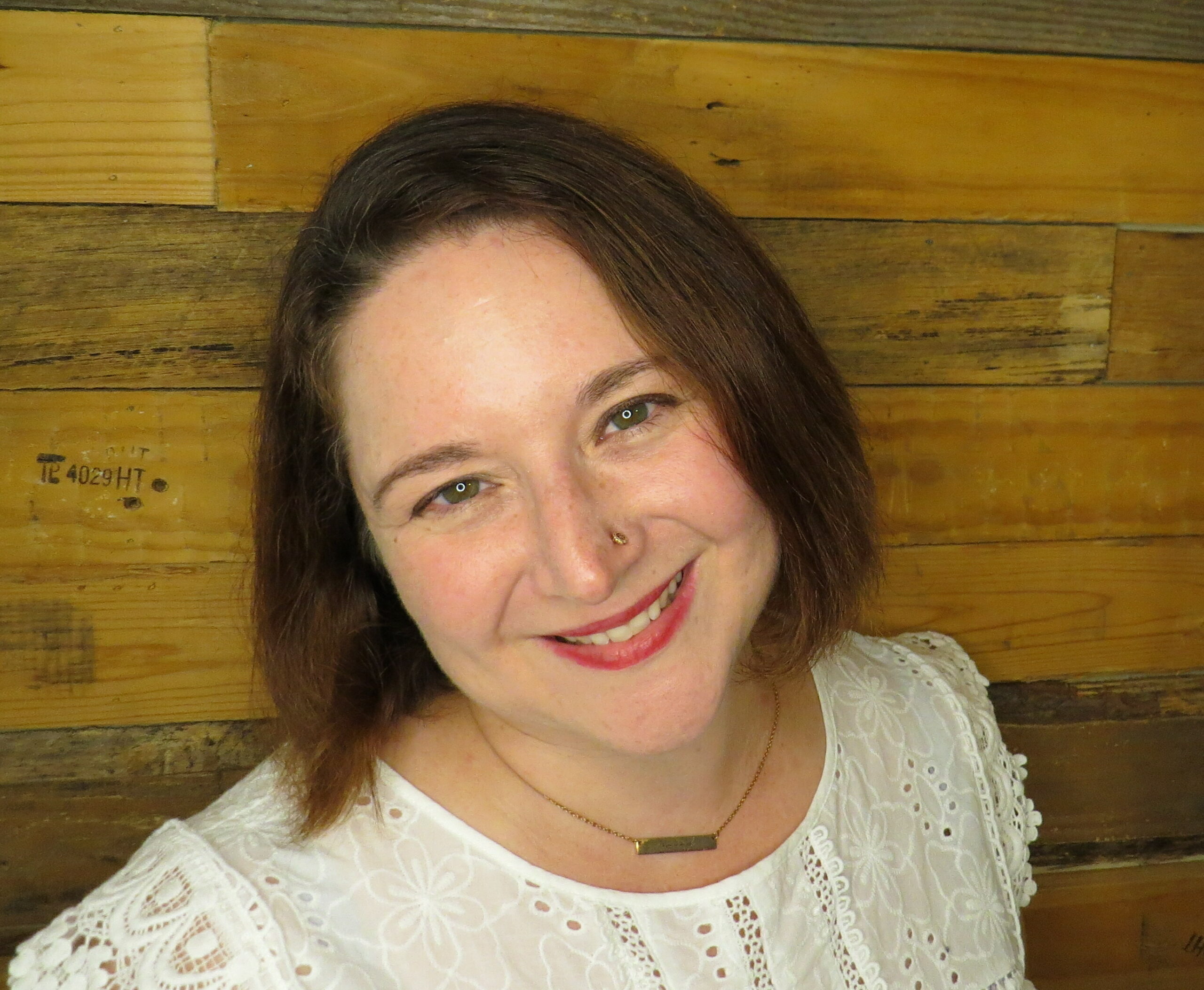
by Michele Kirichanskaya | Mar 26, 2025 | Blog
Jamie Pacton is an award-nominated young adult and middle grade author, who writes swoony, funny, magical books across genres. When she’s not writing, she’s teaching college English, obsessively reading obscure history, hiking, baking, or playing video games. Her...
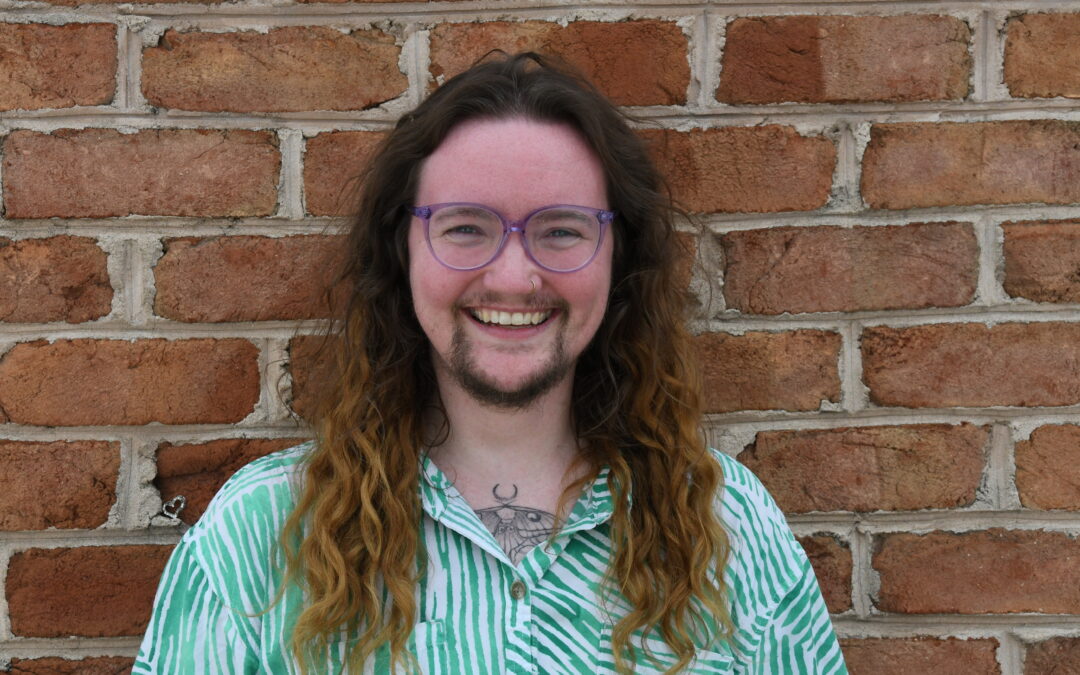
by Michele Kirichanskaya | Mar 21, 2025 | Blog
Kellan McDaniel is the author of the young adult novel TILL DEATH (S&S/MTV, 2025), about generations of queer trauma, getting mad, and even kissing a vampire. As K.M. Szpara, he is the author of adult speculative novels FIRST, BECOME ASHES, and DOCILE (Macmillan,...
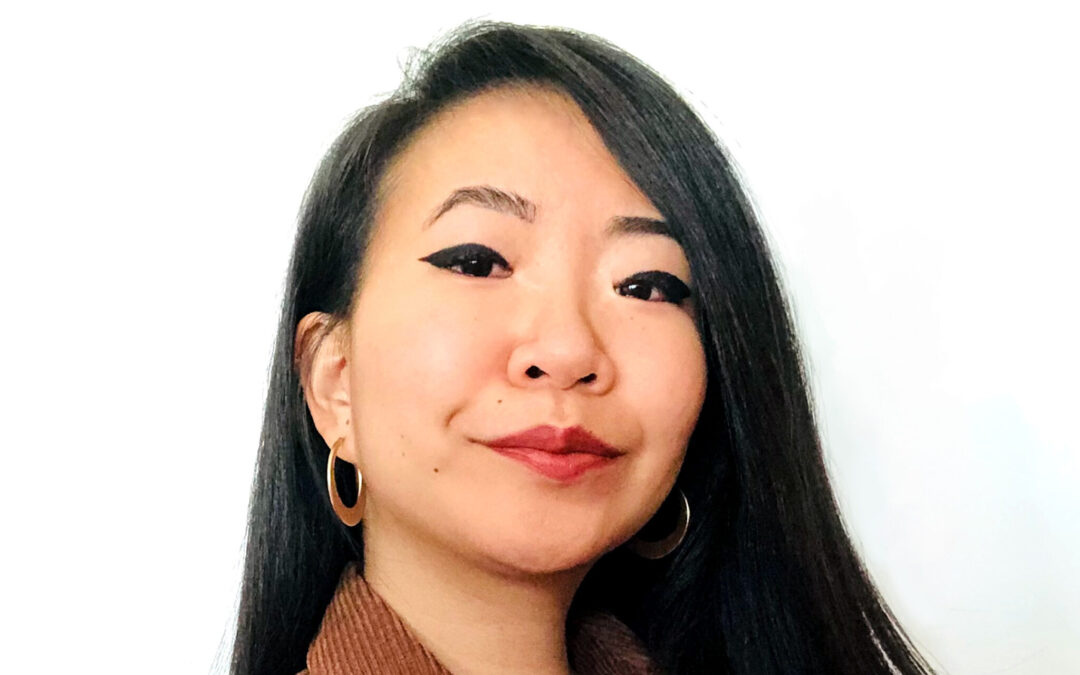
by Michele Kirichanskaya | Mar 19, 2025 | Blog
Arley Nopra is a Filipina-Canadian illustrator and cartoonist who loves wholesome and funny stories with relatable characters. She previously worked as the colorist for the second and third graphic novels for Daytime Emmy Award winning animated series, The Dragon...
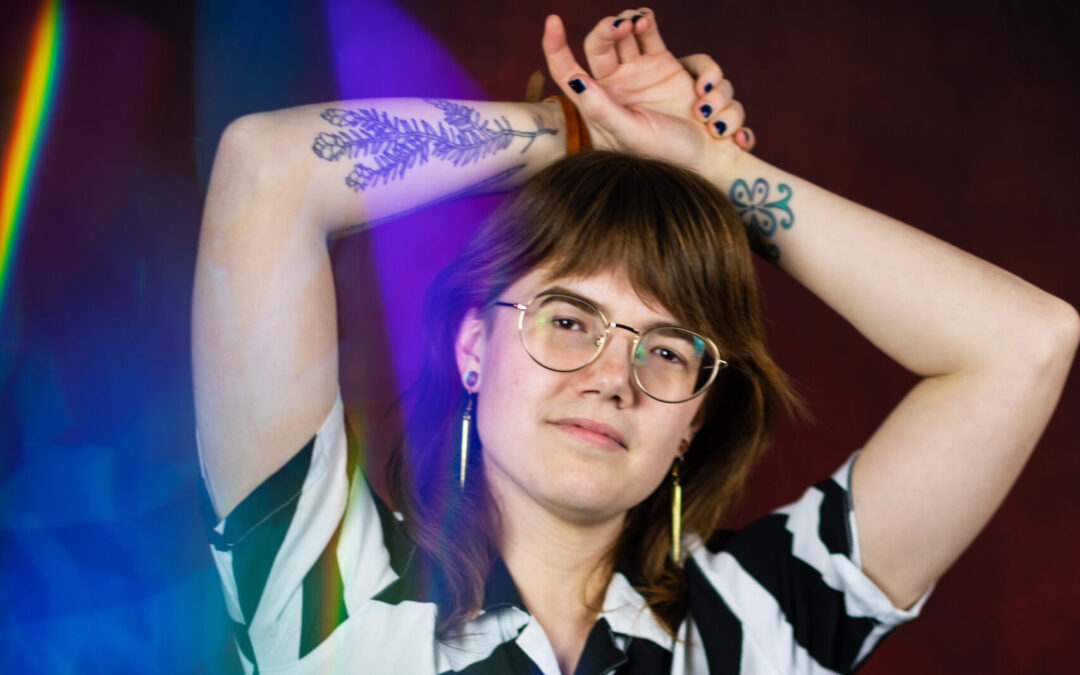
by Michele Kirichanskaya | Mar 14, 2025 | Blog
Ray Stoeve is the author of the young adult novel Between Perfect and Real, which received a starred review and was a 2021 Junior Library Guild Gold Standard Selection, and Arden Grey. They also contributed to the young adult anthology Take the Mic:...
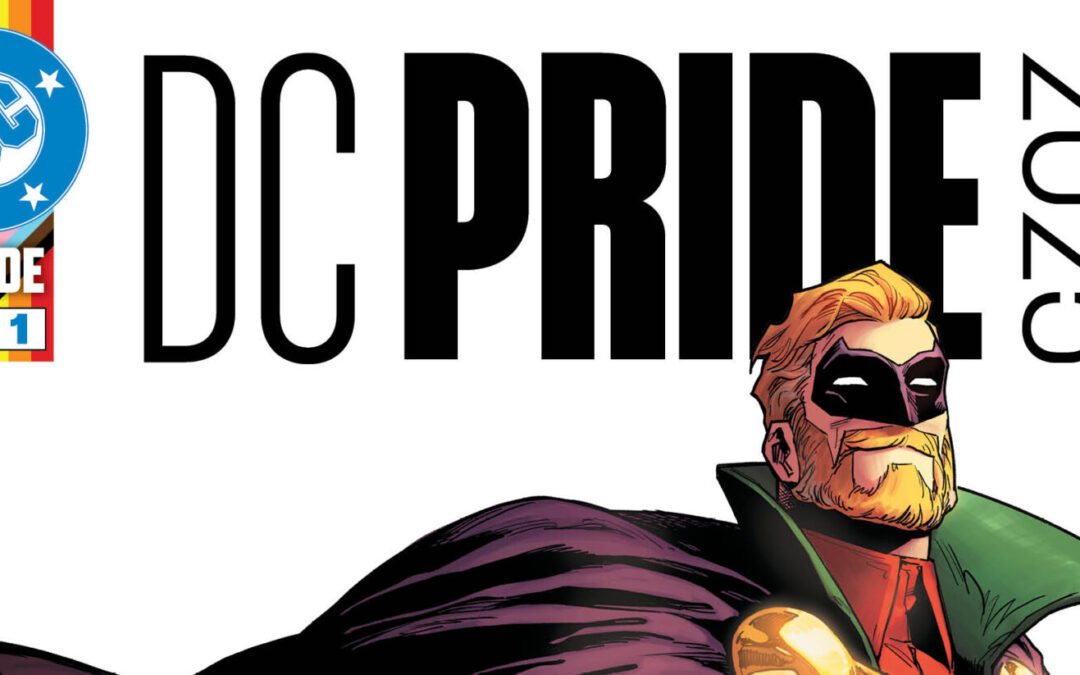
by Geeks OUT | Mar 12, 2025 | Blog, Featured
We here at Geeks OUT have been looking forward to DC’s annual Pride anthology ever since it was first launched back in 2021. As such, we are happy to share the announcement covering the 5th anniversary of this initiative below. For immediate release: The...
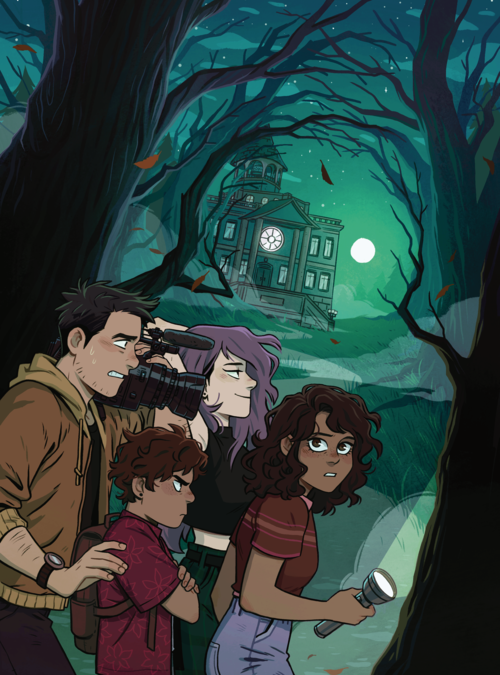
by Michele Kirichanskaya | Mar 5, 2025 | Blog
Bowen (Bones) McCurdy is a 28-year-old queer cartoonist. She’s been creating comics since she was 13, and very happily made it her career. Her favorite genres to work with are horror and romance, so most of her work is a combination of the two. She has worked with...







